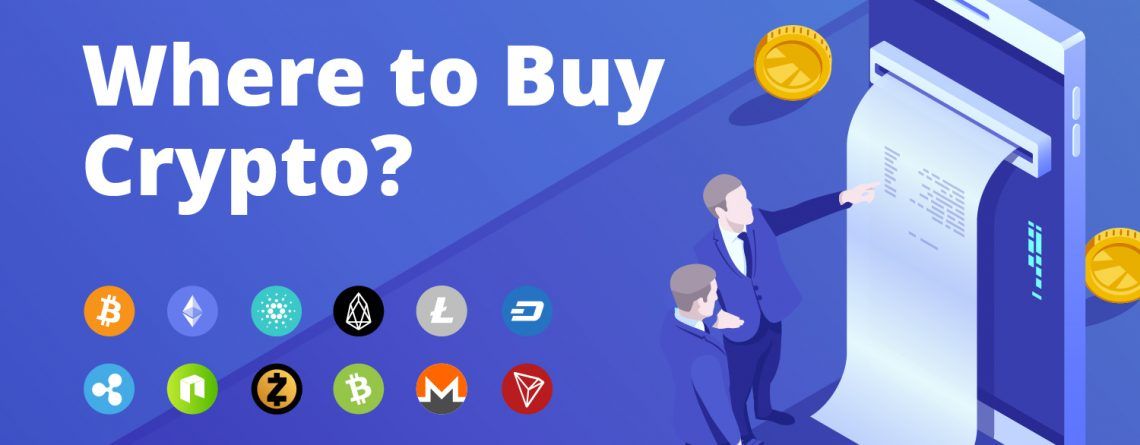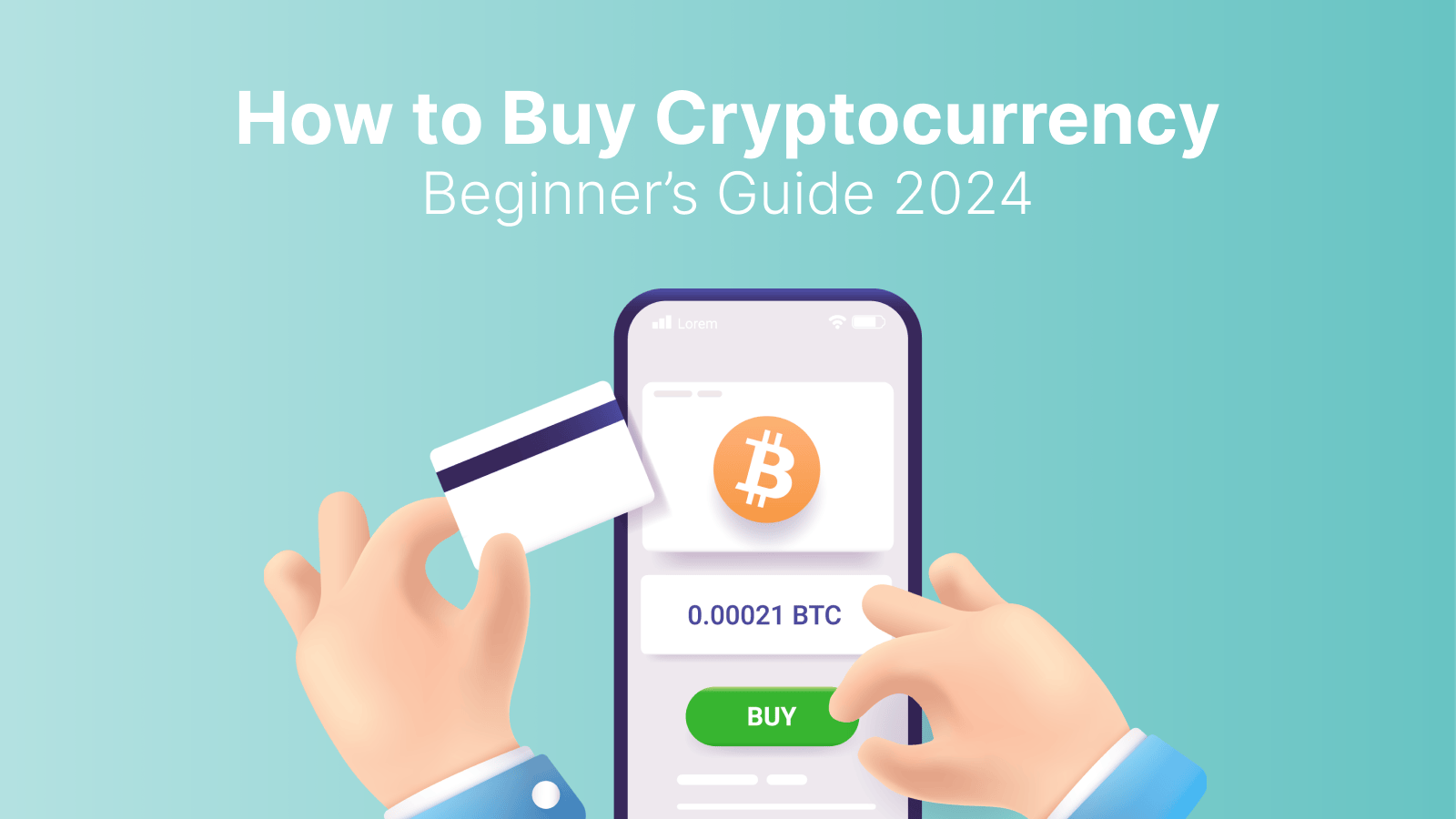Discover the history, making process, and investment potential of physical bitcoins. Learn about collecting and whether they arIn recent years, the concept of cryptocurrency has revolutionized the way we think about money and investments. As the popularity of digital currencies like Bitcoin continues to grow, so too does the fascination with physical representations of these virtual assets. But are physical bitcoins even a real thing? In this blog post, we’ll explore the world of physical bitcoins, from their history to how they are made, and whether or not they make a good investment. We’ll delve into what exactly physical bitcoins are, their intriguing history, the process of creating them, and the growing trend of collecting these unique items. Additionally, we’ll examine the potential value and investment opportunities associated with owning physical bitcoins. So, if you’ve ever been curious about the tangible side of the cryptocurrency world, buckle up as we take a deep dive into the world of physical bitcoins.
What are physical bitcoins?
Physical bitcoins are a form of cryptocurrency that exist in physical form, typically as coins or paper wallets. Unlike digital bitcoins, which are stored electronically and can be transferred online, physical bitcoins can be held in your hand and physically exchanged with others. They are essentially a physical representation of a digital currency, and are often used for collectors or as novelty items.
Some physical bitcoins are designed with a private key hidden behind a tamper-evident hologram, making them more secure than traditional paper wallets. Others may have the private key exposed, allowing for easy transfer of the funds.
Collectors of physical bitcoins often seek out rare or limited edition designs, much like collectors of coins or stamps. These unique physical bitcoins can have significant value beyond their face worth.
When it comes to purchasing or selling physical bitcoins, it’s important to ensure the authenticity of the coin or wallet. Counterfeit physical bitcoins do exist, so it’s crucial to obtain them from reputable sources.
In conclusion, physical bitcoins are a tangible form of cryptocurrency that provide a unique way to hold and exchange digital currency. Whether used as a collector’s item or a secure form of storing cryptocurrency, they offer a distinct and intriguing aspect to the world of digital finance.
History of physical bitcoins
Physical bitcoins are a fascinating and relatively recent invention that allows people to store and trade digital currency in a physical form. The concept of physical bitcoins began in 2011 with the creation of the first Casascius coins by Mike Caldwell. These coins were essentially 1 BTC coins that had a tamper-evident hologram on the back, which contained the private key necessary to redeem the bitcoins. This concept quickly gained popularity, and soon other companies began creating their own physical bitcoins.
One of the most famous examples of physical bitcoins is the Lealana series, which was minted from 2013 to 2016 in a variety of denominations and designs. These coins are highly sought after by collectors due to their limited mintage and unique designs. Another notable moment in the history of physical bitcoins is the 2013 series of coins produced by Titan Bitcoin, which were intricately designed and made from materials such as gold and silver.
In more recent years, companies have continued to produce physical bitcoins with varying degrees of success and creativity. The history of physical bitcoins is a testament to the innovation and ingenuity of the cryptocurrency community, as it seeks to bridge the gap between the digital and physical worlds.
Collectors interested in the history of physical bitcoins can find a wealth of information and examples to explore, thanks to the growing community of enthusiasts and the plethora of online resources available. With the continued evolution of cryptocurrency and the growing interest in physical bitcoins, the history of these coins is sure to continue expanding and evolving in the years to come.
How are physical bitcoins made?
Physical bitcoins are made using a combination of specialized equipment and processes. The first step in creating a physical bitcoin is designing the coin itself. This can involve creating a unique design that incorporates the bitcoin logo and other relevant imagery. Once the design is finalized, it is then transferred to a specialized mold.
Next, the mold is used to create a master die, which will be used to produce the actual physical coins. The master die is typically made from a durable material such as steel or brass and is carefully crafted to ensure that each coin produced is of the highest quality. Once the master die is complete, it is placed in a precision press, which is used to stamp the design onto metal blanks. These blanks are then carefully inspected to ensure that the design has been properly transferred.
After the design has been stamped onto the metal blanks, the next step is to add the necessary security features. Physical bitcoins often include features such as holographic seals, serial numbers, and tamper-evident packaging to prevent counterfeiting. These security features are added using specialized equipment and techniques to ensure that the coins are as secure as possible.
Once the security features have been added, the physical bitcoins are then plated with a layer of gold, silver, or another precious metal to give them their distinctive appearance. This plating process can involve electroplating, which uses an electric current to deposit the metal onto the coins, or another similar process. The final step in creating physical bitcoins is to package them in a way that protects them from damage and tampering while also allowing them to be easily transported and displayed.
Collecting physical bitcoins
Collecting physical bitcoins can be a fascinating hobby for numismatists and cryptocurrency enthusiasts alike. These unique physical tokens are not only a collector’s item but also a tangible representation of the digital currency revolution. The thrill of obtaining limited edition coins and the potential for future value appreciation make collecting physical bitcoins an exciting endeavor.
When starting a collection, it is important to research and identify reputable sources for purchasing physical bitcoins. There are various online marketplaces and auctions where collectors can acquire these coins, but it is crucial to be cautious of counterfeit or overpriced items. Additionally, joining forums and communities dedicated to physical bitcoins can provide valuable insights and opportunities to connect with other collectors.
As with any collection, organization and preservation are key factors in maintaining the quality and value of physical bitcoins. Proper storage in coin capsules, display cases, or graded holders can help protect the coins from damage and deterioration over time. Furthermore, keeping detailed records of the collection, including acquisition dates and purchase prices, can be beneficial for tracking value appreciation and documenting the history of each coin.
One of the most exciting aspects of collecting physical bitcoins is the potential for discovering rare and unique pieces. Limited edition coins, commemorative releases, and artistically designed tokens can add diversity and exclusivity to a collection. Some collectors may also focus on specific themes or series, such as coins featuring famous historical figures, landmarks, or iconic symbols related to the world of cryptocurrency.
In conclusion, collecting physical bitcoins is an engaging pursuit that offers a combination of historical, numismatic, and investment appeal. Whether for the love of rare coins, the fascination with digital currency, or the potential for future value, building a diverse and well-maintained collection of physical bitcoins can be a rewarding endeavor for enthusiasts and investors alike.
Are physical bitcoins a good investment?
Physical bitcoins, also known as casascius coins or bitcoin collectibles, are tangible coins that hold a certain amount of bitcoin. These coins have gained popularity among crypto enthusiasts and collectors as a unique way to hold and display their digital assets. The concept of physical bitcoins is not new, but the potential for them to be a good investment has been a topic of discussion.
One of the main attractions of physical bitcoins as an investment is their limited supply and rarity. Just like rare coins and precious metals, physical bitcoins can appreciate in value over time, especially if they are from a limited series or have unique features. Collectors are often willing to pay a premium for these coins, making them potentially lucrative investments.
However, it’s important to consider the market volatility and the price of bitcoin when evaluating physical bitcoins as an investment. The value of these coins is directly tied to the value of bitcoin, so fluctuations in the cryptocurrency market can impact their potential for return. Additionally, the demand for physical bitcoins may be influenced by factors such as market trends, collector interest, and the overall adoption of cryptocurrency.
For those considering physical bitcoins as an investment, it’s crucial to do thorough research and due diligence. Understanding the market for collectible coins, tracking the performance of bitcoin, and staying informed about industry developments are all essential. Ultimately, whether physical bitcoins are a good investment depends on individual preferences, risk tolerance, and long-term goals.
In conclusion, physical bitcoins can be an intriguing and valuable addition to a cryptocurrency portfolio, but their potential as an investment should be carefully weighed against market dynamics. For collectors and enthusiasts, these coins offer a unique way to engage with the world of digital currency. As with any investment, it’s important to approach physical bitcoins with caution and awareness of the risks involved.
Frequently Asked Questions
What are physical bitcoins?
Physical bitcoins are tangible coins made of metal or other materials with a private key embedded inside. They are a form of collecting and storing bitcoins offline.
How are physical bitcoins different from digital bitcoins?
Physical bitcoins are physical objects and hold the private key to a Bitcoin address. Digital bitcoins are electronic and exist only in cyberspace.
Are physical bitcoins safe?
It depends on the manufacturer and how the private key is hidden and sealed. They can be vulnerable to tampering and counterfeiting.
Can physical bitcoins be spent like digital ones?
It is possible to spend the bitcoin value held by a physical bitcoin by simply transferring the funds to a digital wallet.
Where can I buy physical bitcoins?
There are several online marketplaces and private sellers who offer physical bitcoins for sale. It is important to do thorough research before making a purchase.
Are physical bitcoins a good investment?
Physical bitcoins are considered more of a novelty item or collectible rather than a sound investment. The value is subjective and can vary.
How can I store physical bitcoins securely?
Physical bitcoins should be stored in a secure, tamper-evident holder and kept in a safe and secure location, just like any valuable.






0 Comment